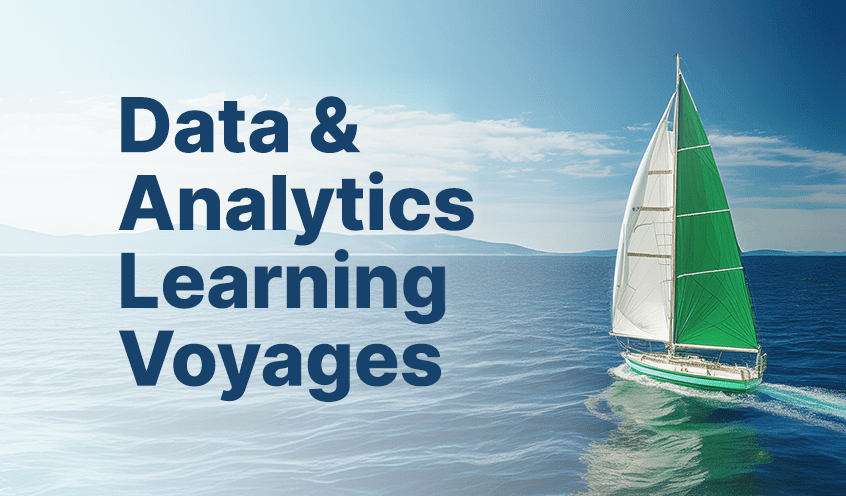Descriptive analytics focuses on summarizing and interpreting historical data to provide insights into past events, patterns, and trends. It answers the question of "what happened?" Diagnostic analytics goes further by analyzing the causes and reasons behind the observed patterns. It aims to answer the question of "why did it happen?" Predictive analytics utilizes historical data and statistical models to forecast future outcomes and trends, answering the question of "what is likely to happen?" Lastly, prescriptive analytics takes insights from descriptive, diagnostic, and predictive analytics to provide recommendations and actions for optimal decision-making, answering the question of "what should be done?" In essence, descriptive analytics explains the past, diagnostic analytics investigates the reasons behind it, predictive analytics forecasts the future, and prescriptive analytics suggests the best course of action.
In a retail setting, descriptive analytics can be employed to analyze sales data from a specific period to gain insights into customer purchasing patterns. By examining historical sales records, businesses can identify the most popular products, peak sales periods, and customer preferences. This analysis can further reveal geographic sales trends, customer demographics, and correlations between various product categories. Utilizing descriptive analytics, retailers can make data-driven decisions regarding inventory management, marketing strategies, and product assortment to better meet customer demands and optimize sales performance.
Descriptive analytics focuses on summarizing and interpreting historical data to provide a comprehensive understanding of past events, patterns, and trends. It involves organizing and presenting data in a meaningful format through statistical measures, visualizations, and other techniques. The primary goal is to answer questions about what has happened in the past. By analyzing data, it provides insights into the characteristics, behaviors, and relationships within the dataset. This information is valuable for businesses to gain a foundational understanding of their operations, identify areas for improvement, make informed decisions, and track performance based on historical data. Overall, it helps organizations derive meaningful insights and knowledge from their data, setting the stage for more advanced analytical processes and informed decision-making.
Descriptive analysis techniques encompass a range of methods used to summarize and analyze data in order to gain insights into past events, patterns, and trends. These techniques include statistical measures, data visualization, and exploratory data analysis. Statistical measures, such as mean, median, mode, standard deviation, and percentiles, provide numerical summaries of the data's central tendencies, dispersion, and distribution. Data visualization techniques utilize charts, graphs, and dashboards to visually represent the data, making it easier to understand and identify patterns or anomalies. Exploratory data analysis involves analyzing summary statistics, distributions, and visualizations to uncover relationships, correlations, and outliers within the dataset. By employing these descriptive analysis techniques, businesses can effectively summarize, present, and interpret their data, enabling better decision-making and actionable insights based on historical information.
In descriptive analytics, various tools are used to effectively analyze and summarize data. BI tools such as Qlik Sense and Power BI provide the full range of capabilities, including statistical analysis, data visualization, and data integration. Otherwise, statistical software packages like R, Python (with libraries such as Pandas and NumPy), and SPSS are commonly employed to perform data calculations, generate summary statistics, and conduct statistical tests. Data visualization tools like Tableau, Qlik, and matplotlib help in creating visually appealing charts, graphs, and dashboards to present data in a clear and understandable format. Database management systems such as SQL enable efficient data storage, retrieval, and manipulation. Additionally, spreadsheet software like Microsoft Excel and Google Sheets are often utilized for basic data analysis and visualization.

























































